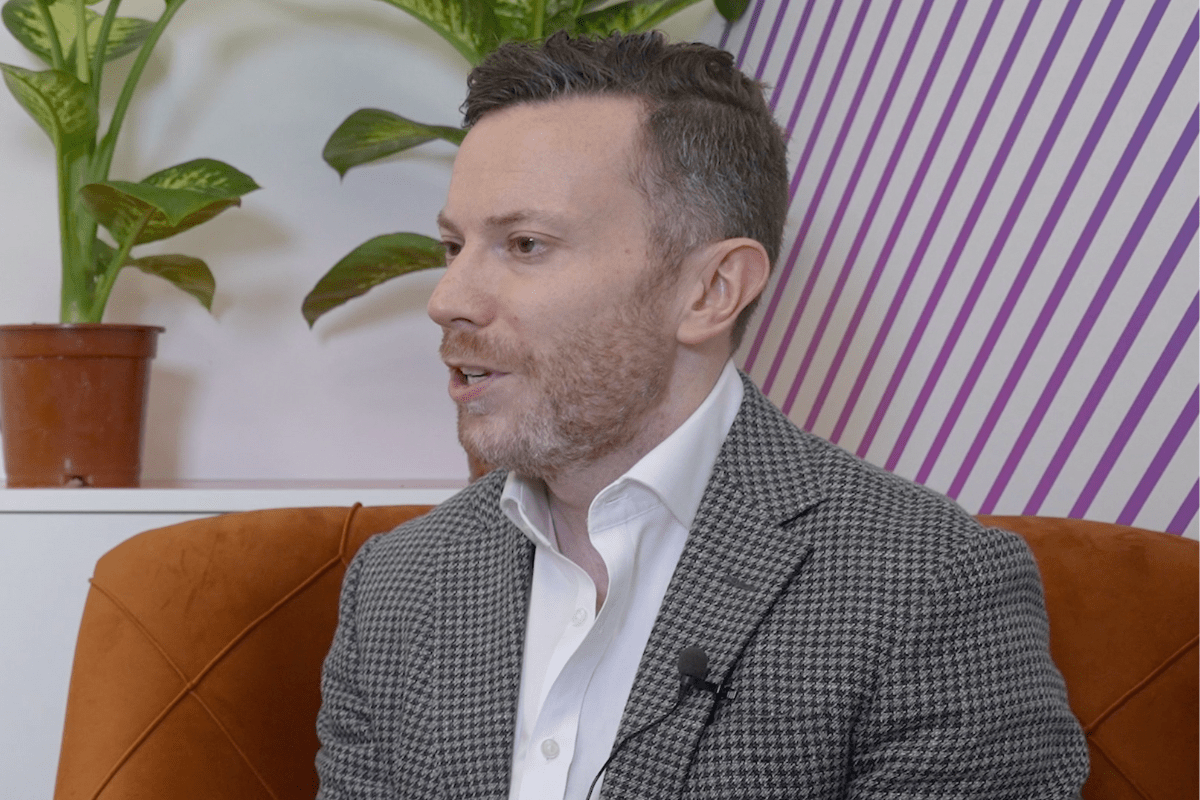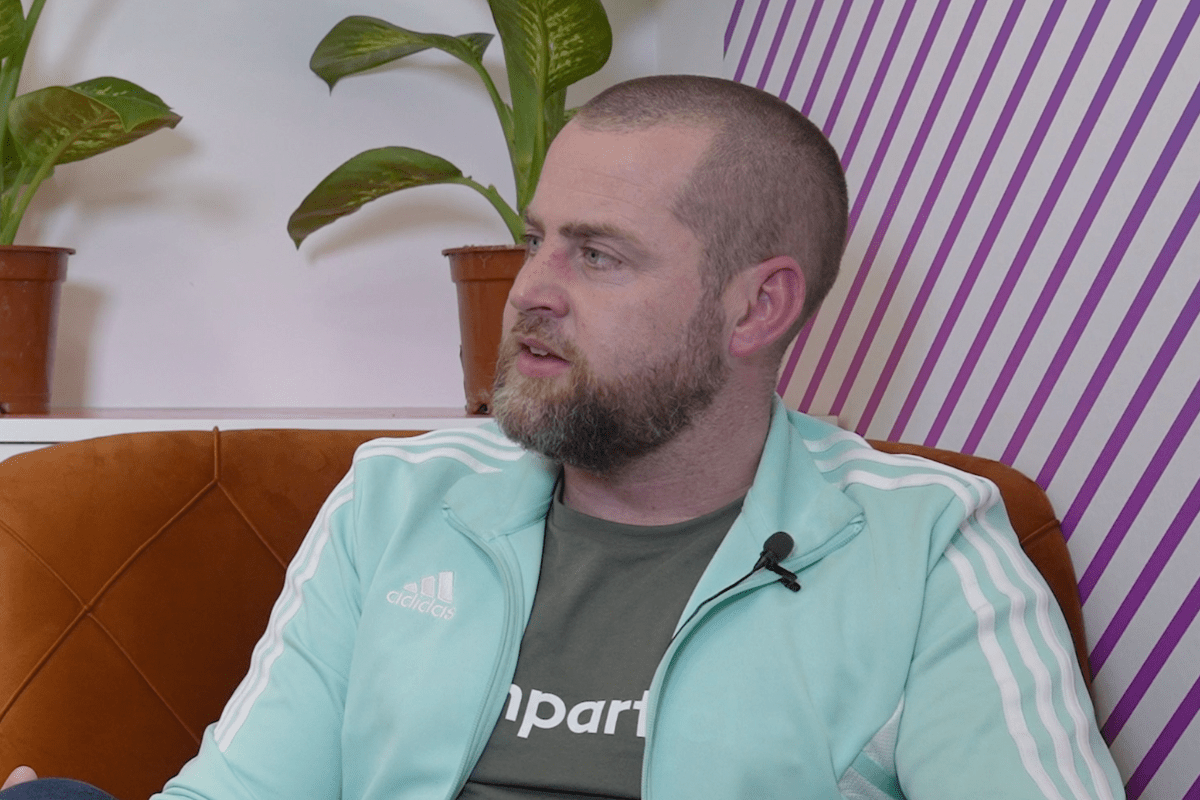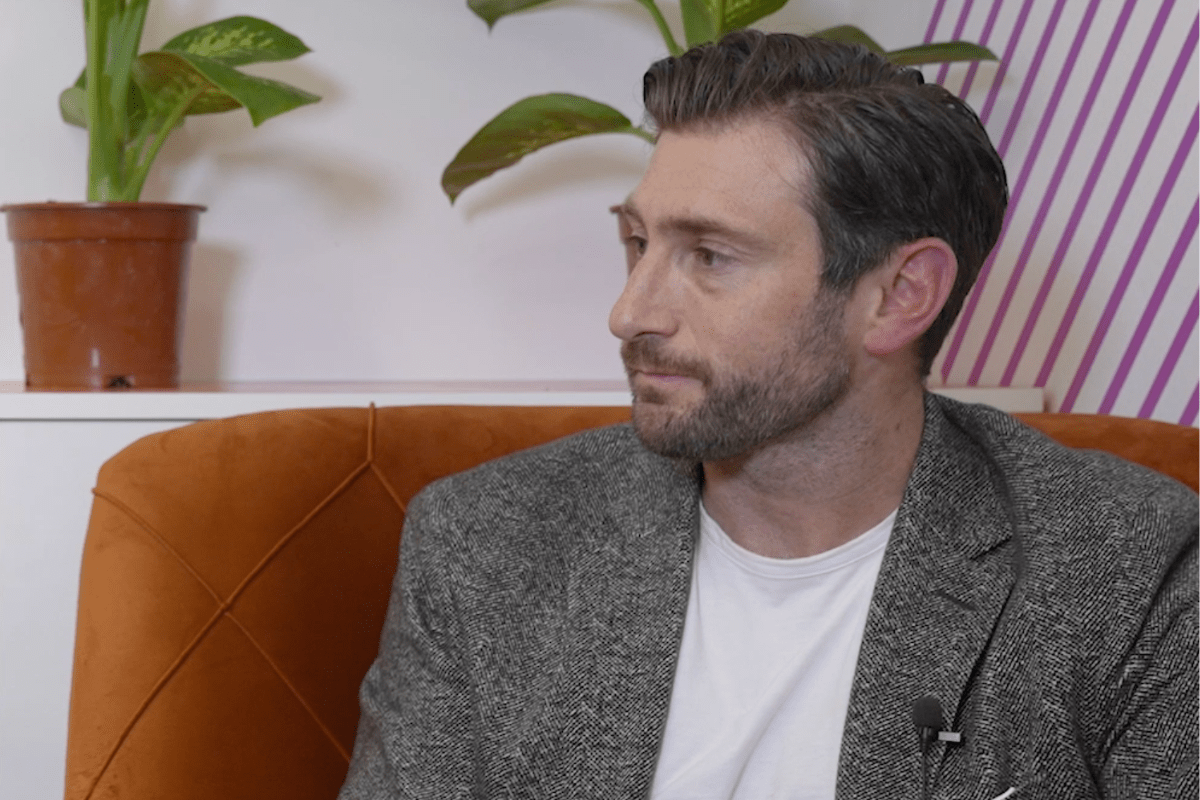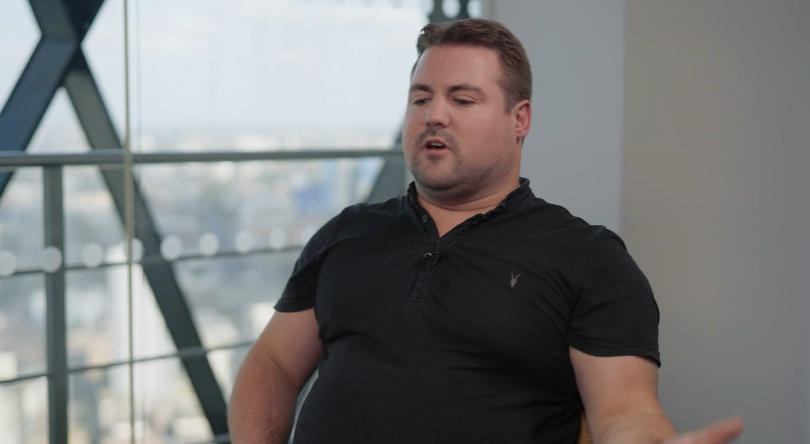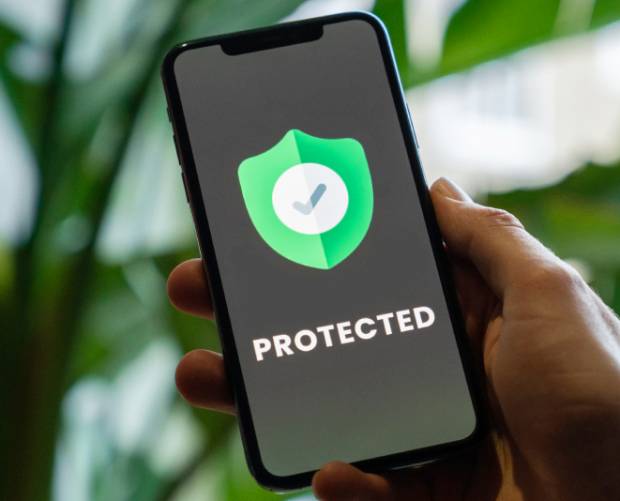 Mobile Marketing talks data with Guy-Thomas Barbier, US country manager for Customer Data Platform, zeotap.
Mobile Marketing talks data with Guy-Thomas Barbier, US country manager for Customer Data Platform, zeotap.
These are testing times for marketers. With the world in lock-down, shops, bars, and restaurants have been forced to close their doors, marketing budgets are being cut, and no-one knows when things will return to some semblance of normality.
So what do things look like to a company that works with major brands, helping them find a way through the current chaos? Guy-Thomas Barbier, US country manager for zeotap, agrees that the coronavirus pandemic has caused some major shifts in consumer behavior, but says there are other important factors at play too.
“Even pre virus, the two major trends we were seeing were the adoption of more stringent privacy measures across all markets, such as GDPR in Europe and CCPA in California, enacted all across the nation,” he says. “So this focus on privacy has forced brands to be a lot more vigilant in terms of the way they use and collect data to ensure they have the right implementation and measures to be compliant across the legislation. So this manifests itself in things like having the right opt-in and opt-out mechanisms, and consent traceability tied to data sets.
“The second big trend is the restriction on cookies, so the deprecation of third-party cookies and Google’s recent announcement that it will no longer be supporting them has forced the ecosystem to think of a solution when it comes to mobile and desktop targeting. We’ll have to wait and see what Google and Apple do with regard to MAID targeting, but we are seeing the wider adoption of ubiquitous IDs.
App usage
“Tying into the deprecation of cookies, we have seen an increase in app usage. Measurement has improved with the Open SDK framework, so there’s more transparency on media performance, which drives ad dollars, and also, as a result of coronavirus, people are spending more time across social platforms so from a programmatic standpoint, we have seen a shift in dollars from the open web to in-app and platforms like Facebook, Instagram, Snapchat and TikTok.
“In terms of data, now more than ever, there is a need for brands to develop first-party strategies to enable them to construct lookalikes for better prospecting. Sectors such as insurance and telcos have always had lots of first-party data, but we are now seeing more of a focus from CPG (Consumer Packaged Goods) brands in acquiring direct-to-consumer brands and building tech stacks to leverage first-party data. We also see something like 100+ CDPs (Customer Data Platforms) in the market in the US right now, which is a direct correlation with the focus from major brands on leveraging their first-party data stack.”
So plenty for brands to think about and act on already, and then along comes this unprecedented coronavirus pandemic. What impact has that had?
Consumer journey
“There are a number of different things at play,” says Barbier. “One is in terms of the consumer journey. People are not walking around, seeing billboards and going into physical stores, so we are seeing interesting shifts in behavior, such as a 42 percent increase in online streaming. Spending on the walled gardens is up, people are spending more time gaming, listening to audiobooks, doing things that are more home-centric. They are also spending more time online, so brands need to be a lot more focused in the way they engage with customers today. They need to leverage first-party data to engage with customers and retain brand loyalty with customers who are currently more distant from them. Added to this, they also need third-party data to drive new customer acquisition across channels, and this will continue right through the year until we return to a more normalized world.
Data, of course, is central to all of this, so how does Barbier see the evolution of the data landscape, from a technology perspective?
“In terms of data-driven marketing, we think in terms of four generations of data,” he says. “In the early 2000s, you had the rise of contextual targeting data, so page-level content targeting was the sentiment there. The second generation came later in the 2000s when you saw the emergence of DMPs (Data Management Platforms) tied to third-party data and cookie targeting. After that, we have seen a third generation that has brought the rise of the CDP, which is tied into first-party data sets, but which lacks strong identity resolution capabilities and the ability to combine first and third-party data sets, amongst others.
“The fourth generation is where CIPs, or Customer Intelligence Platforms, come into play. This is where you still bank on your first-party data but enhance it further for efficient and more personalized marketing. Thanks to CIPs, you can tie first- and third-party data together and transform data sets into actionable intelligence.
So you start with first-party data collection and harmonization from CRM systems; app data from SDK integrations; Javascript data from owned and operated sites, and you are able to unify and visualize and harmonize that data. Then you can onboard it, by linking offline identifiers from CRM systems and digital identifiers from cookies. So you bring in insights that leverage the third-party data to understand more about the first-party data sets and blend them to activate across the walled gardens. The process with a CIP goes like this: from data collection to onboarding, enrichment, and activation.
“Historically, the tech that brands have been using to manage all this has been super fragmented. You have had DMPs like Lotame, Adobe, and Neustar. Then you have tons of third-party data suppliers you have to additionally handpick. Then CDPs like Segment and mParticle to manage first-party data only, and then companies doing ID resolution, such as LiveRamp.
To give you an example of how a brand would stitch all of these tech stacks together: they would take Salesforce CRM data and onboard it via LiveRamp. Then they would use Adobe and mParticle for data collection, and in parallel, work across different suppliers for third-party data sets to activate on for acquisition. This is pretty much the framework that brands have been working within, and it comes with a few challenges, such as the underutilization of existing CRM platforms, the challenge brands have with inaccurate identity linkages, and the challenge around meaningful post-campaign analysis and the lag time involved.
Technology unification
“What I think we are going to see going forward is a unification of technologies to enable brands to manage things much better and more efficiently. We feel this is where a fully integrated Customer Intelligence Platform (CIP) can help brands connect and transform first-party data into actionable insights across the marketing ecosystem.
“A CIP takes all four layers and unifies it into one stack. So it takes what the DMP can do, ingesting raw data to present a holistic solution where brands can learn more about their customers.
A standalone identity resolution player can onboard and activate, but it can’t most likely enrich or do any type of propensity modeling, for acquisition or retention or churn propensity.
A CDP can collect and segment first-party data, but without an identity graph or the ability to find out more about a consumer who has never visited your website or shown an interest in your product, you can’t do acquisition.
So if you tie this all together in a CIP, it allows first and third-party data sets to feed omnichannel, social, email and more. This is the future, and it’s why we are seeing a lot of brands unify everything. There’s also a big efficiency play when you have everything in one solution.”
Just this week, zeotap announced its own CIP, though, in reality, Barbier says it’s the public launch of a project that has been taking shape over the past six years.
“We started work on the platform when we were founded in 2014, and we have been building it out ever since,” he says. “We started with third-party data-based targeting, first in Europe and then expanded into the US. Then we built a deterministic identity layer and then built first-party data collection and segmentation capabilities, so unifying those three makes us a fully integrated CIP.”
Like all of us, Barbier says he hopes the word returns to normal sooner rather than later, but again, like all of us, he does not have a firm idea when that will be, but what does he feel brands need to do to be ready for when that day comes?
Core tenets
“It goes back to the core tenets,” he says. “Utilising first-party data as much as possible, but also being able to leverage third-party data to do lookalikes and acquisition, being more data-savvy and focused on ROI and precision and accuracy and using trusted data sets, this is what brands will gravitate towards in the long term.
“We hope that things might start returning to something approaching normal in the second half of the year, and if so, there will be a significant increase in spending for brands to catch up if they have turned the taps off, so because of that, there’s a need, more than ever, to understand consumption and behavioral changes as a result of this crisis – to leverage first-party data sets and integrate with third-party data to understand who is buying what and where and to double down on that.
“But things won’t return to normal overnight; it will likely be a one- to two-year transition and brands will need to manage that process and take account of the changes in behavior that the current crisis has caused, some of which will remain long after it’s over.”






